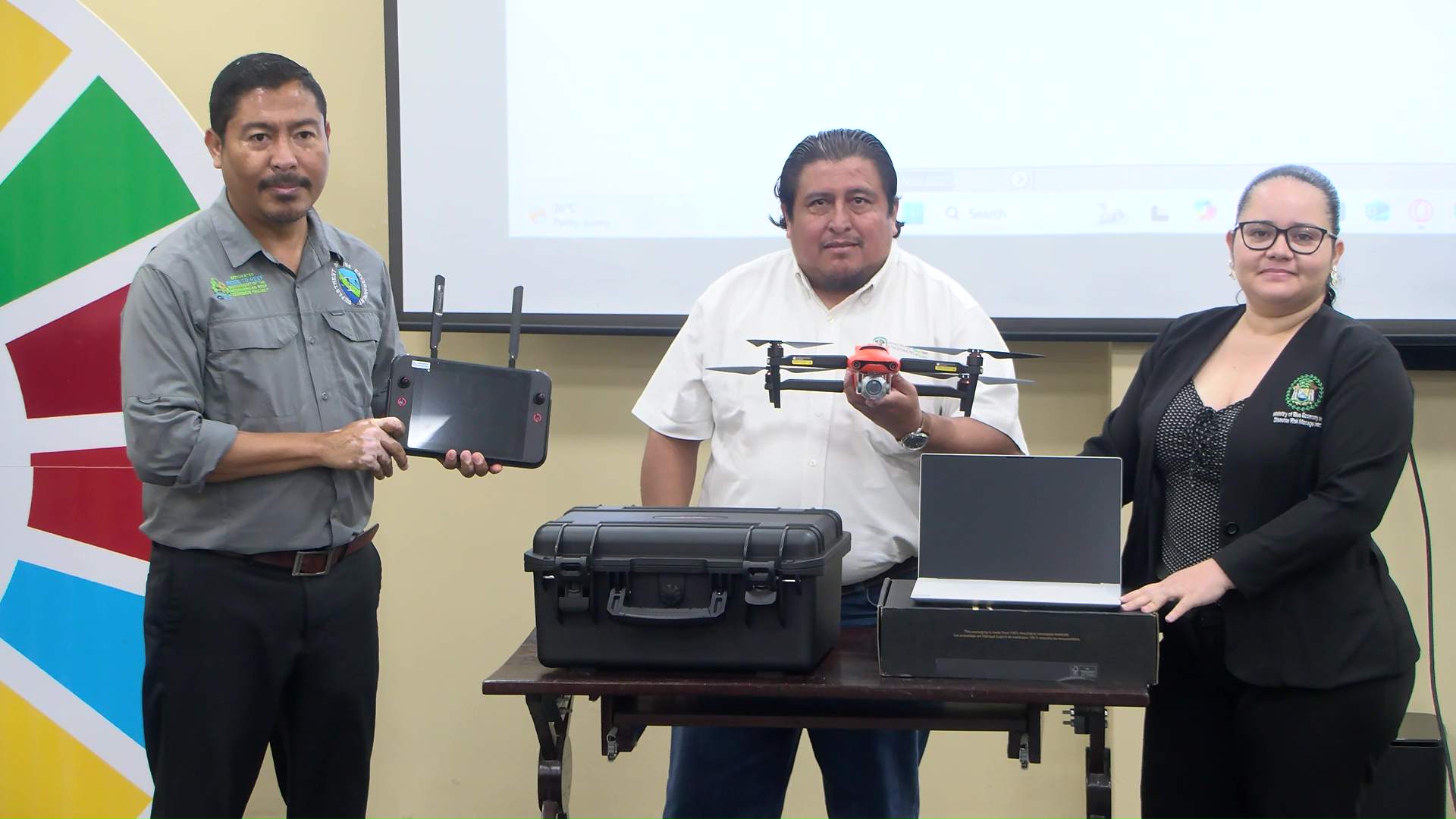Belize has taken a significant step forward in addressing its recurring sargassum crisis with the Sargassum Task Force receiving cutting-edge monitoring tools. Earlier this year, the country faced one of its worst sargassum invasions, with tons of rotting seaweed inundating its pristine beaches. The influx disrupted tourism, local livelihoods, and marine ecosystems, prompting urgent action. Today, the Task Force unveiled a suite of advanced tools, including a drone, a laptop, and the Sargassum Forecasting Model (SAMtool), donated by the Department of the Environment. These tools are part of a broader regional initiative funded by the government of Taiwan, aimed at enhancing Belize’s ability to predict and manage sargassum outbreaks. Deputy Chief Environmental Officer Edgar Ek highlighted the collaborative efforts behind the project, involving the Ministry of Tourism and the Ministry of Blue Economy and Marine Conservation. SAMtool, a subscription-based digital platform, utilizes satellite imagery and ocean current forecasts to track sargassum movement, providing critical data on its trajectory and potential impact. Chief Meteorologist Ronald Gordon emphasized the tool’s role in strengthening national preparedness and response strategies. Tourism Officer Darcy Correa underscored the crisis’s broader implications, noting that sargassum not only affects tourism but also the livelihoods of coastal communities. With these new tools, Belize aims to improve early warning systems, support informed decision-making, and safeguard its coastal ecosystems and economy.
